42 Proven Strategies to Maximize Muscle Gains and Burn Fat
Feel stuck choosing between building muscle and shedding fat? Imagine ditching that frustrating trade-off and instead harnessing powerful strategies to achieve both simultaneously. It’s not about impossible balancing acts; it's about smart synergy. We’ve supercharged our comprehensive guide, expanding it from its original core to feature 42 potent, science-backed techniques designed to help you sculpt lean muscle while effectively torching stubborn body fat. This isn't just a random collection of tips – it's your definitive roadmap, detailing everything from precision training methods and metabolic fueling secrets to crucial recovery tactics that optimize results. Whether you're just starting your fitness journey or aiming to break through a plateau, get ready to understand the 'why' and master the 'how' of transforming your physique. Unlock your body's potential and build that strong, defined look – starting now.
1. The Power of Progressive Overload

Progressive overload is the cornerstone of muscle growth and an essential component for anyone looking to maximize muscle gains. This principle involves gradually increasing the amount of stress placed on the body during exercise, prompting muscle adaptation and growth. By systematically increasing the weight, frequency, or intensity of your workouts, you challenge your muscles to grow stronger and larger over time. This approach not only enhances muscle hypertrophy but also contributes to increased calorie expenditure, aiding in fat loss. Understanding how to effectively implement progressive overload can lead to significant improvements in strength and muscle mass, forming the foundation of a successful fitness program. To apply progressive overload, begin by assessing your current strength levels and setting specific, measurable goals. Incorporate a variety of exercises targeting different muscle groups, ensuring a balanced and comprehensive workout routine. Regularly track your progress and make incremental adjustments to your training regimen, such as increasing the weight by 5-10% once you can comfortably complete your current set and repetition range. By consistently challenging your muscles, you create an environment conducive to growth and adaptation, ultimately maximizing muscle gains and supporting fat loss efforts.
2. Nutrition: Fueling Your Body for Optimal Performance

Nutrition plays a pivotal role in achieving muscle gain and fat loss, acting as the fuel that powers your workouts and recovery. To maximize muscle growth, it is essential to consume sufficient protein, as it provides the building blocks necessary for muscle repair and development. Aim for a protein intake of 1.6 to 2.2 grams per kilogram of body weight, distributed evenly across meals to optimize muscle protein synthesis. Additionally, carbohydrates are crucial for replenishing glycogen stores and providing the energy needed for intense workouts, while healthy fats support hormone production and overall health. A well-balanced diet should also include a variety of micronutrients, such as vitamins and minerals, to support metabolic processes and enhance recovery. Prioritize whole, nutrient-dense foods, and consider incorporating supplements like whey protein or branched-chain amino acids (BCAAs) if needed. By aligning your nutrition with your fitness goals, you create an environment that supports muscle growth and fat loss, ultimately leading to improved performance and body composition.
3. The Importance of Rest and Recovery

Rest and recovery are often overlooked aspects of fitness, yet they are crucial for maximizing muscle gains and promoting fat loss. During rest periods, the body repairs and rebuilds muscle tissue, allowing for growth and adaptation. Without adequate rest, the risk of overtraining increases, leading to diminished performance and potential injury. To optimize recovery, ensure you get sufficient sleep, as it plays a vital role in hormone regulation and muscle repair. Aim for 7-9 hours of quality sleep per night, creating a consistent sleep schedule and a conducive sleep environment. In addition to sleep, active recovery techniques such as stretching, foam rolling, and low-intensity activities can help alleviate muscle soreness and improve flexibility. Incorporating rest days into your training program allows your body to recover fully, reducing the risk of burnout and ensuring long-term progress. By prioritizing rest and recovery, you create a sustainable fitness routine that supports muscle growth and fat loss, paving the way for ultimate fitness success.
4. High-Intensity Interval Training (HIIT) for Fat Loss

High-Intensity Interval Training (HIIT) is a powerful tool for burning fat while preserving muscle mass. This training method involves alternating between short bursts of intense exercise and periods of rest or low-intensity activity. HIIT workouts are highly efficient, allowing you to achieve significant calorie burn in a short amount of time. The intense nature of HIIT elevates your heart rate and boosts your metabolism, leading to increased fat oxidation and improved cardiovascular fitness. The benefits of HIIT extend beyond the workout itself, as it triggers the afterburn effect, or excess post-exercise oxygen consumption (EPOC). This phenomenon means your body continues to burn calories at an elevated rate even after the workout has concluded. To incorporate HIIT into your routine, choose exercises that engage multiple muscle groups, such as sprinting, cycling, or circuit training. Start with a work-to-rest ratio that challenges you, gradually increasing the intensity as your fitness level improves. By integrating HIIT into your fitness plan, you can effectively burn fat while maintaining muscle mass, contributing to a leaner, more defined physique.
5. Strength Training: The Catalyst for Muscle Growth

Strength training is a fundamental component of any fitness program aimed at maximizing muscle gains. By engaging in resistance exercises, you stimulate muscle fibers, prompting them to grow larger and stronger. This type of training not only enhances muscle hypertrophy but also increases metabolic rate, aiding in fat loss. Compound exercises, such as squats, deadlifts, and bench presses, are particularly effective, as they recruit multiple muscle groups and promote overall strength development. To optimize strength training, focus on progressive overload, varying your routine to target different muscle groups and prevent plateaus. Incorporate a mix of free weights, machines, and bodyweight exercises to challenge your muscles in diverse ways. Pay attention to proper form and technique, as this reduces the risk of injury and ensures maximum muscle activation. By prioritizing strength training, you create a solid foundation for muscle growth and fat loss, ultimately leading to improved fitness and body composition.
6. The Role of Cardio in a Balanced Fitness Regimen

Cardiovascular exercise is an essential component of a well-rounded fitness program, contributing to both fat loss and overall health. While strength training is crucial for building muscle, cardio helps create a calorie deficit, promoting fat loss and enhancing cardiovascular endurance. The key is to find a balance between the two, ensuring that cardio complements rather than hinders muscle growth. Incorporate a variety of cardio exercises, such as running, cycling, or swimming, to keep your routine engaging and challenging. Aim for at least 150 minutes of moderate-intensity cardio or 75 minutes of vigorous-intensity cardio per week, adjusting the duration and intensity based on your fitness goals. Consider incorporating low-impact activities, such as walking or yoga, on rest days to promote recovery without overtaxing your muscles. By integrating cardio into your fitness regimen, you can effectively support fat loss while maintaining muscle mass, contributing to a leaner, healthier physique.
7. Hydration: The Unsung Hero of Fitness Success

Proper hydration is often underestimated in its importance to fitness success, yet it plays a critical role in both muscle gain and fat loss. Water is essential for a multitude of bodily functions, including nutrient transport, temperature regulation, and joint lubrication. Staying adequately hydrated ensures optimal performance during workouts, reducing the risk of fatigue and muscle cramps. Additionally, hydration supports metabolic processes, aiding in the breakdown of fat and the synthesis of muscle protein. To maintain proper hydration, aim to drink at least 3-4 liters of water per day, adjusting based on activity levels and environmental factors. Monitor your hydration status by checking the color of your urine; a pale yellow color typically indicates adequate hydration. Consider incorporating electrolyte-rich beverages, such as coconut water or sports drinks, during intense workouts to replenish lost minerals. By prioritizing hydration, you create an environment that supports muscle growth and fat loss, ultimately contributing to your fitness success.
8. The Impact of Stress on Fitness Goals

Stress is an inevitable part of life, but its impact on fitness goals cannot be overlooked. Chronic stress can hinder muscle gain and fat loss by disrupting hormonal balance, particularly by elevating cortisol levels. This stress hormone can lead to increased fat storage, muscle breakdown, and diminished workout performance. Managing stress effectively is crucial for optimizing fitness outcomes and maintaining overall health. Incorporate stress-reduction techniques into your daily routine, such as mindfulness meditation, deep breathing exercises, or yoga. Prioritize self-care activities that promote relaxation and mental well-being, such as spending time in nature, engaging in hobbies, or connecting with loved ones. By managing stress, you create a positive environment that supports muscle growth and fat loss, ultimately leading to improved fitness and quality of life.
9. Consistency: The Key to Long-Term Success

Consistency is the cornerstone of any successful fitness journey, serving as the bridge between setting goals and achieving them. While motivation can fluctuate, establishing consistent habits ensures steady progress toward muscle gain and fat loss. Developing a structured workout routine and adhering to a balanced nutrition plan are vital components of consistency, allowing you to build momentum and maintain focus. To cultivate consistency, set realistic and achievable goals, breaking them down into smaller, manageable steps. Create a schedule that aligns with your lifestyle, incorporating regular workout sessions and meal planning. Track your progress through journaling or fitness apps, celebrating milestones and adjusting your approach as needed. By prioritizing consistency, you lay the groundwork for sustained success, ultimately achieving your fitness goals and enhancing your overall well-being.
10. The Mind-Muscle Connection: Enhancing Workout Efficacy

The mind-muscle connection refers to the conscious focus on engaging specific muscles during exercise, enhancing workout efficacy and promoting muscle growth. By directing your attention to the target muscle group, you increase the activation of muscle fibers, leading to improved strength and hypertrophy. This connection is particularly important for exercises that require precision and control, such as isolation movements or complex lifts. To develop the mind-muscle connection, begin by performing exercises with lighter weights, focusing on form and technique. Visualize the target muscle contracting and lengthening with each repetition, maintaining a slow and controlled pace. Incorporate techniques such as isometric holds or tempo variations to further enhance muscle engagement. By strengthening the mind-muscle connection, you optimize your workouts, ultimately maximizing muscle gains and supporting fat loss efforts.
11. Supplementation: Supporting Your Fitness Journey

While a balanced diet should provide the majority of nutrients needed for fitness success, supplementation can offer additional support in achieving muscle gain and fat loss goals. Protein supplements, such as whey or plant-based powders, are convenient options for meeting daily protein requirements, particularly for those with busy lifestyles. Creatine is another popular supplement, known for its ability to enhance strength and power during high-intensity workouts. Other supplements, such as omega-3 fatty acids, vitamin D, or branched-chain amino acids (BCAAs), may offer additional benefits, depending on individual needs and goals. Before incorporating supplements into your regimen, consult with a healthcare professional or registered dietitian to ensure they align with your fitness objectives and health status. By strategically utilizing supplementation, you can support your fitness journey, ultimately maximizing muscle gains and promoting fat loss.
12. Tracking Progress: Measuring Success and Adjusting Strategies

Tracking progress is an essential aspect of any fitness journey, providing valuable insights into the effectiveness of your strategies and guiding necessary adjustments. By regularly measuring key indicators, such as body composition, strength levels, and workout performance, you can assess your progress toward muscle gain and fat loss goals. Tools such as body measurements, progress photos, or fitness apps can help you monitor changes over time and identify areas for improvement. In addition to quantitative measures, consider qualitative aspects of progress, such as increased energy levels, improved mood, or enhanced confidence. Celebrate achievements, no matter how small, and use setbacks as opportunities for growth and learning. By consistently tracking progress, you can refine your approach, ensuring continued success and ultimately achieving your fitness goals.
13. Carb Cycling: Strategic Fuel for Fat Loss and Muscle Gain
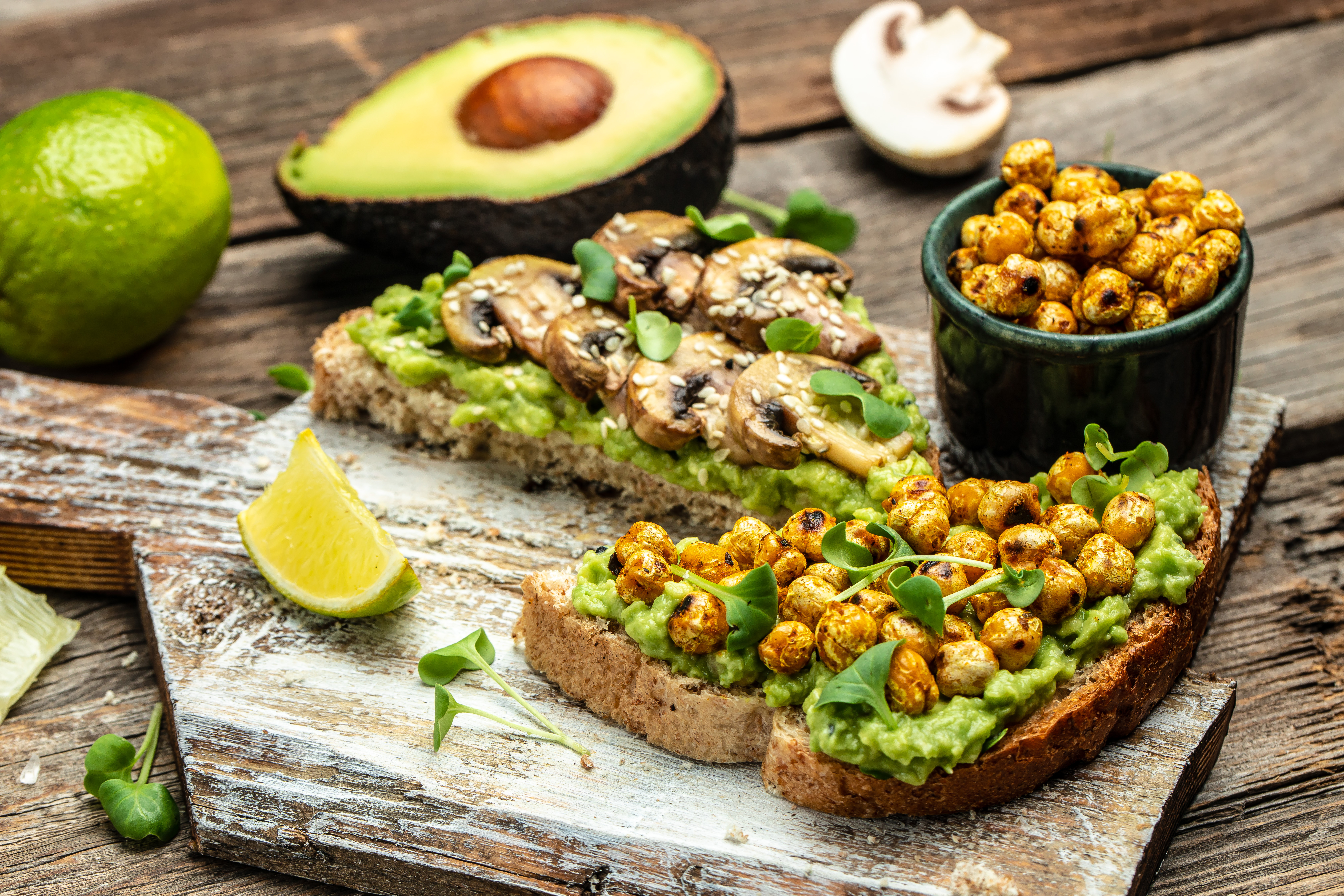
Carb cycling is an advanced nutritional strategy that alternates between high-carb and low-carb days to align with training intensity and recovery needs. On training days, higher carb intake fuels performance and muscle repair, while low-carb days help the body shift into fat-burning mode. This approach optimizes insulin sensitivity and hormone regulation, which are crucial for muscle growth and fat loss. When implemented with purpose, carb cycling can be a game-changer—boosting energy for intense lifts while minimizing fat accumulation on rest days. It's not for everyone, but those who dial it in often see dramatic changes in both physique and performance.
14. Compound Supersets: Burn Fat While Building Strength
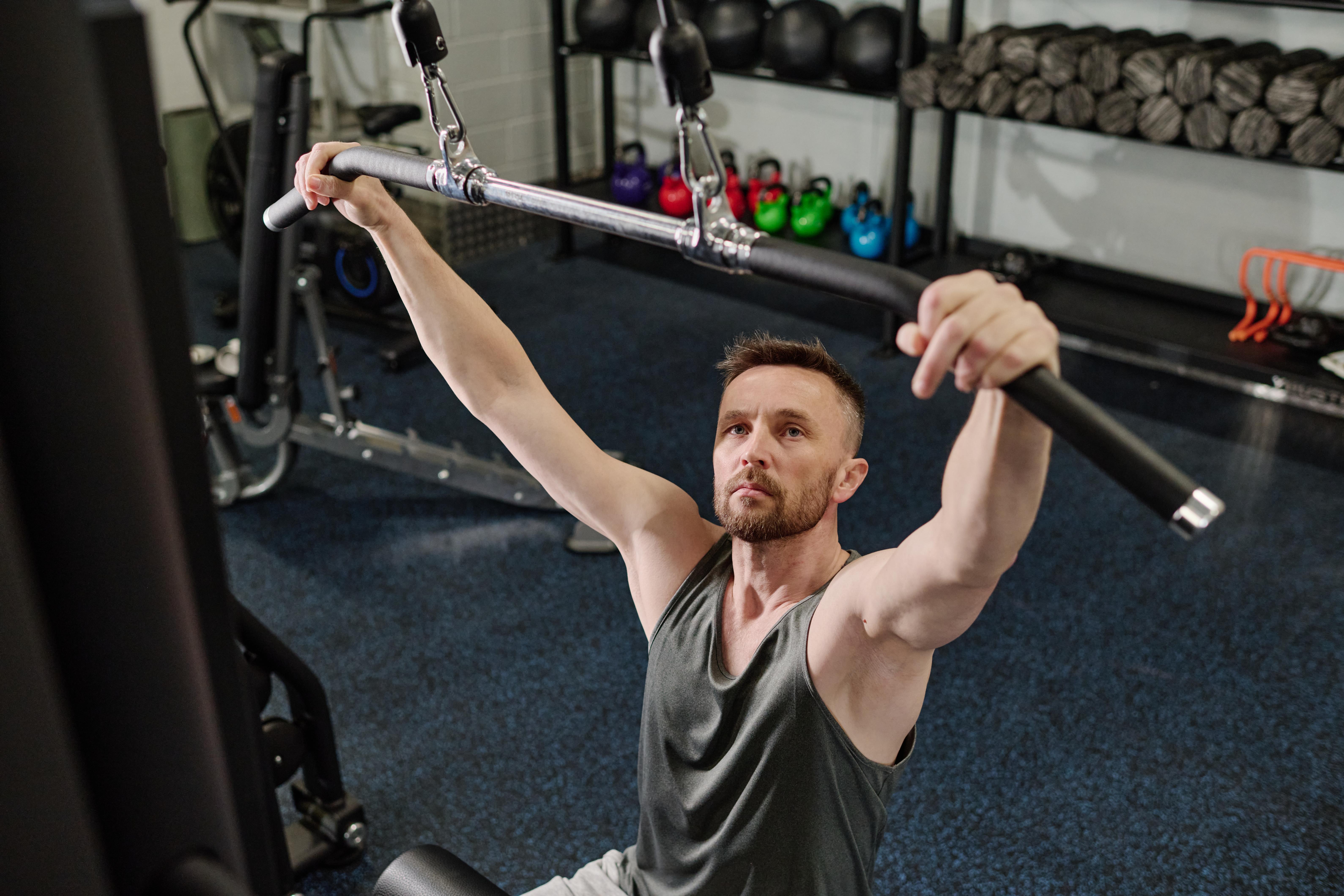
Supersets that pair compound movements—like squats with pull-ups or deadlifts with push presses—create an intense metabolic demand while maximizing muscle recruitment. This type of training elevates heart rate, promotes fat oxidation, and increases post-workout calorie burn. Compound supersets also save time by reducing rest intervals without sacrificing intensity. For those looking to shred fat while growing stronger, integrating these full-body power pairs into your routine can lead to superior results in less time.
15. Cold Exposure for Recovery and Fat Mobilization

Cold therapy—whether it's ice baths, cold showers, or cryotherapy—has gained traction for its recovery and fat-burning benefits. Cold exposure activates brown adipose tissue, a type of fat that burns calories to generate heat, and may support fat loss over time. Additionally, it can reduce inflammation and muscle soreness, speeding up recovery and allowing you to train harder, more often. While it shouldn't replace foundational habits, cold exposure is a potent biohack for advanced fitness enthusiasts looking to optimize both body composition and performance.
16. Reverse Dieting: A Smarter Post-Cut Strategy
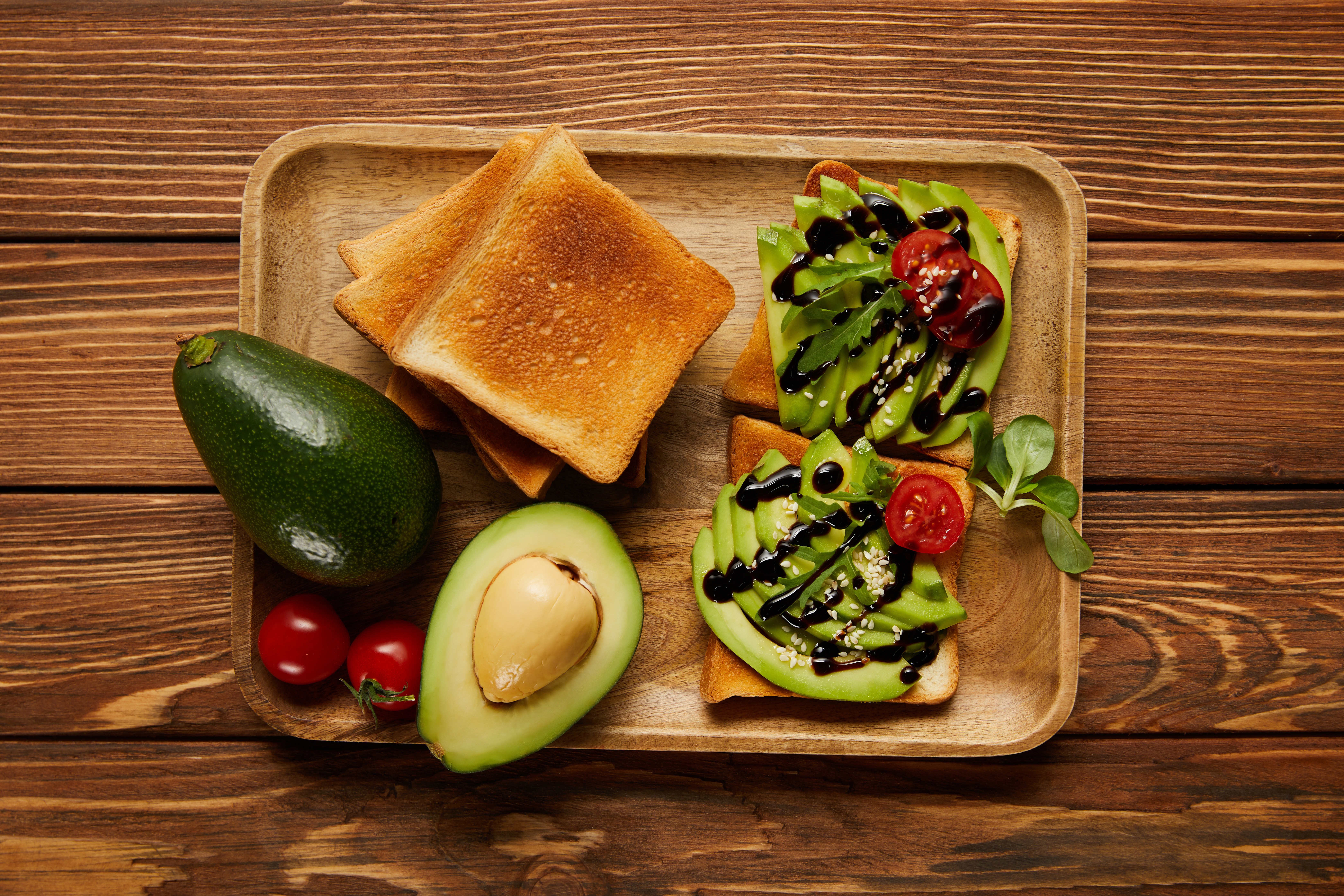
After a fat loss phase, many people rush back to old eating habits, leading to rapid fat gain. Reverse dieting—gradually increasing calorie intake post-cut—helps restore metabolic rate and hormone function without unwanted fat rebound. This technique allows your body to adapt to higher caloric levels while maintaining lean mass. For anyone transitioning from a calorie deficit, a structured reverse diet ensures sustainability and preserves the hard-earned muscle you've built.
17. NEAT: Your Secret Weapon for Daily Fat Burn

Non-Exercise Activity Thermogenesis (NEAT) includes all the movement you do outside of workouts—walking, fidgeting, cleaning, even standing. NEAT can account for a surprising portion of your daily calorie burn, and increasing it is one of the easiest ways to enhance fat loss without added stress. Simple changes like walking while on calls, taking the stairs, or using a standing desk can make a big difference over time. When muscle gain is paired with an active lifestyle, body composition shifts become more pronounced and sustainable.
18. Hormonal Optimization: The Metabolic Multiplier
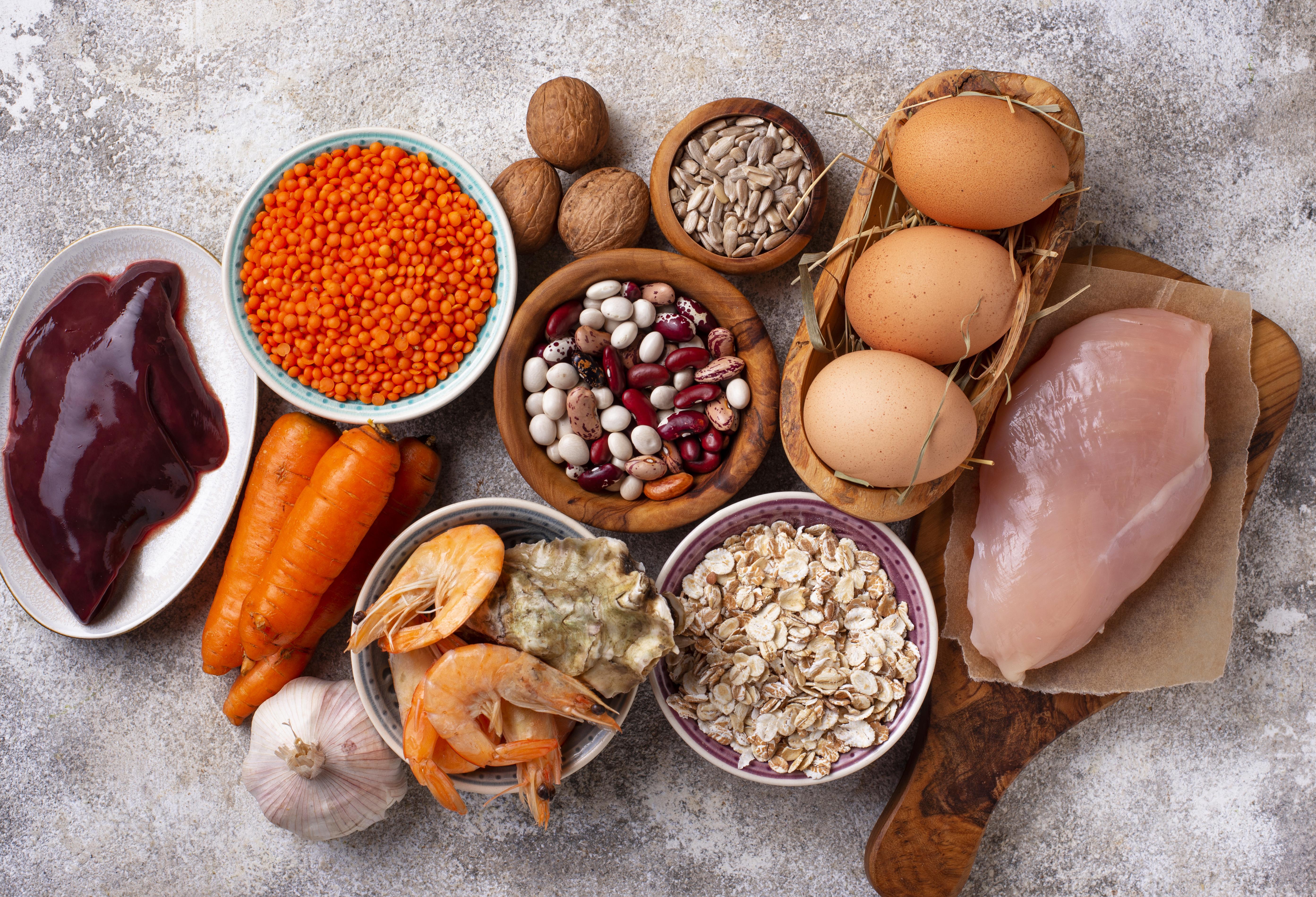
Optimizing hormones like testosterone, insulin, and cortisol can dramatically influence your ability to build muscle and burn fat. Resistance training, adequate sleep, dietary fats (from sources like olive oil and avocados), and micronutrients like zinc and vitamin D all support healthy hormone levels. Additionally, minimizing processed foods and managing stress keeps insulin and cortisol in check—two hormones that can make or break your results. Think of hormonal balance as the silent driver of your progress—it’s working even when you aren’t.
19. Time Under Tension (TUT): Slow Down for More Gains

TUT refers to the amount of time your muscles are under strain during a set. By slowing down the eccentric (lowering) phase or adding pauses, you increase muscle fiber activation and metabolic stress—two key drivers of hypertrophy. This technique also enhances mind-muscle connection and form, reducing the risk of injury while deepening muscle fatigue. TUT can be applied to any lift and is particularly useful during cutting phases when training volume is high and rest time is short.
20. Fasted Cardio: A Tool for Strategic Fat Loss

Fasted cardio—typically performed in the morning before breakfast—can help accelerate fat oxidation, especially in leaner individuals. While the science is mixed, many athletes use it as a tool during fat loss phases to target stubborn areas and increase daily energy expenditure. It’s most effective when paired with strength training and adequate recovery, and should be done moderately to avoid muscle breakdown. For those looking to fine-tune their physique, fasted cardio is a strategic, low-impact fat-burning method worth considering.
21. Periodization: Planning for Long-Term Gains
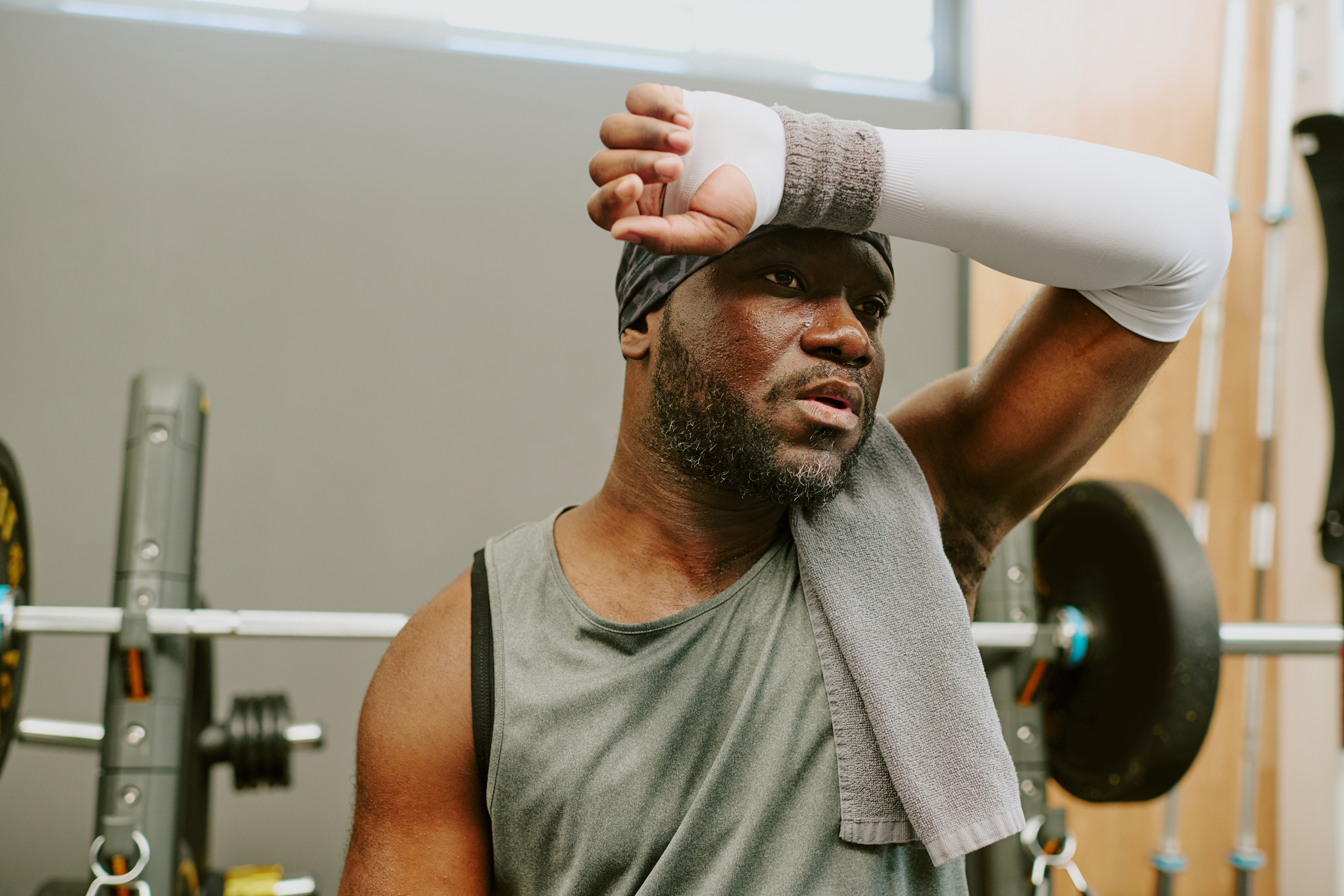
Periodization is the strategic planning of training phases to optimize progression and avoid plateaus. Cycling between hypertrophy, strength, and deload weeks prevents overtraining and ensures continual adaptation. It allows you to build muscle in one phase and shift focus to fat loss or performance in another—without sacrificing overall progress. For intermediate to advanced lifters, periodization offers a sustainable roadmap to peak physical condition, keeping training fresh, efficient, and effective.
22. Visualization and Mental Rehearsal: Training Your Mind for Results
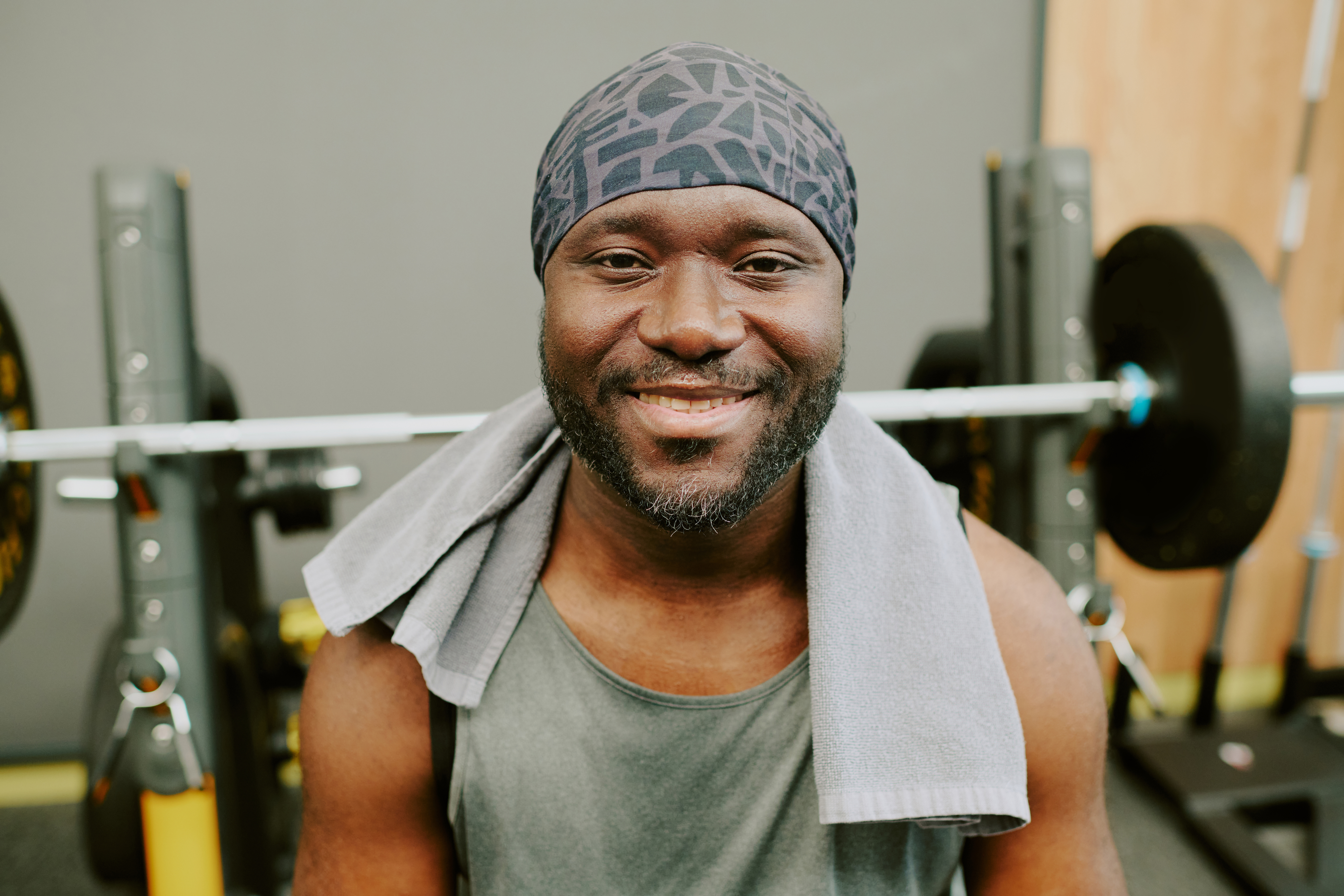
Elite athletes often use visualization techniques to enhance performance, but they can also support muscle gain and fat loss by improving focus, consistency, and motivation. Visualizing yourself completing lifts with perfect form, sticking to your nutrition plan, or achieving your physique goals primes the brain for success. It reinforces neural pathways that impact real-world performance and builds confidence. When combined with action, a strong mental game is the ultimate edge in achieving and sustaining physical transformation.
23. Nutrient Timing: Precision Fueling for Performance and Recovery

Beyond just what you eat, when you eat can significantly impact muscle growth and fat loss. Strategic nutrient timing involves consuming specific macronutrients around your workouts to optimize energy levels, muscle protein synthesis, and recovery. For instance, consuming a protein and carbohydrate-rich meal or shake shortly before and after training can enhance muscle repair and glycogen replenishment. This targeted approach ensures your body has the necessary fuel for intense sessions and the building blocks for muscle recovery precisely when it needs them most. By understanding and implementing nutrient timing, you can fine-tune your nutrition to maximize the benefits of your training and accelerate your results.
24. Myofascial Release: Unlocking Mobility for Better Gains

Tight fascia, the connective tissue surrounding your muscles, can restrict movement, hinder recovery, and even limit muscle growth. Myofascial release techniques, such as foam rolling or using lacrosse balls, help to break down adhesions and improve tissue mobility. This increased range of motion allows for better exercise form, greater muscle activation, and reduced risk of injury. Incorporating regular myofascial release into your routine can enhance your body's ability to recover, improve flexibility, and ultimately contribute to more effective muscle building and fat loss efforts by allowing you to train more efficiently and comfortably.
25. Sleep Optimization: The Underrated Anabolic Agent

While you might know sleep is important, truly optimizing your sleep goes beyond just getting enough hours. Focusing on sleep quality, consistency, and environment can have a profound impact on your hormonal profile, recovery, and even appetite regulation. Aim for a consistent sleep schedule, create a dark, cool, and quiet sleep environment, and consider strategies like limiting blue light exposure before bed. High-quality sleep optimizes testosterone production (crucial for muscle growth), regulates cortisol (which can hinder fat loss), and helps control hunger hormones like ghrelin and leptin, making it a powerful, yet often overlooked, tool for achieving your physique goals.
26. Active Recovery Modalities: Enhancing Repair and Reducing Soreness

Beyond simply resting, incorporating active recovery can significantly improve muscle repair and reduce post-exercise soreness. Low-intensity activities like light cycling, swimming, or yoga promote blood flow to fatigued muscles, aiding in the removal of metabolic waste products and delivering essential nutrients. Unlike passive rest, active recovery can help you feel less stiff and more ready for your next training session. Strategically incorporating active recovery days or sessions into your weekly routine can enhance your body's ability to bounce back, allowing for more consistent and higher-quality training.
27. Progressive Deloading: Strategic Rest for Long-Term Progress

While progressive overload is key for growth, consistently pushing your limits without planned breaks can lead to overtraining and plateaus. Progressive deloading involves strategically reducing training volume and intensity for a week or two to allow your body and nervous system to recover. This isn't about being lazy; it's a calculated step to prevent burnout, reduce the risk of injury, and allow your body to fully adapt to the training stimulus. Implementing regular deload phases ensures long-term progress and prevents stagnation, allowing you to come back stronger and more effectively continue building muscle and losing fat.
28. Manipulating Training Variables: Beyond Weight and Reps

Progressive overload isn't just about adding more weight. Manipulating other training variables like tempo (speed of each rep), rest intervals, exercise selection, and set variations can provide novel stimuli for muscle growth and enhance metabolic stress for fat loss. For example, incorporating drop sets, supersets with antagonist muscles, or isometric holds can challenge your muscles in different ways and lead to greater gains. Understanding how to strategically adjust these variables adds another layer to your training and can help you break through plateaus and continue seeing results.
29. Mindful Eating: Cultivating Awareness for Better Choices

Achieving your physique goals isn't just about what you eat, but how you eat. Mindful eating involves paying attention to your hunger and fullness cues, savoring your food, and minimizing distractions during meals. This practice can lead to better portion control, reduced overeating, and a greater appreciation for nutrient-dense foods. By cultivating a more conscious relationship with food, you can make more informed choices that support your muscle building and fat loss goals without feeling deprived.
30. Optimizing Gut Health: The Unseen Link to Body Composition

Emerging research highlights the crucial role of the gut microbiome in various aspects of health, including metabolism, nutrient absorption, and even inflammation. A healthy gut can support better nutrient utilization for muscle growth and may influence fat storage. Strategies like consuming probiotic-rich foods (fermented vegetables, yogurt), prebiotic fibers (onions, garlic), and minimizing processed foods can contribute to a thriving gut microbiome, indirectly supporting your body composition goals.
31. Strategic Use of Caffeine and Other Ergogenics:
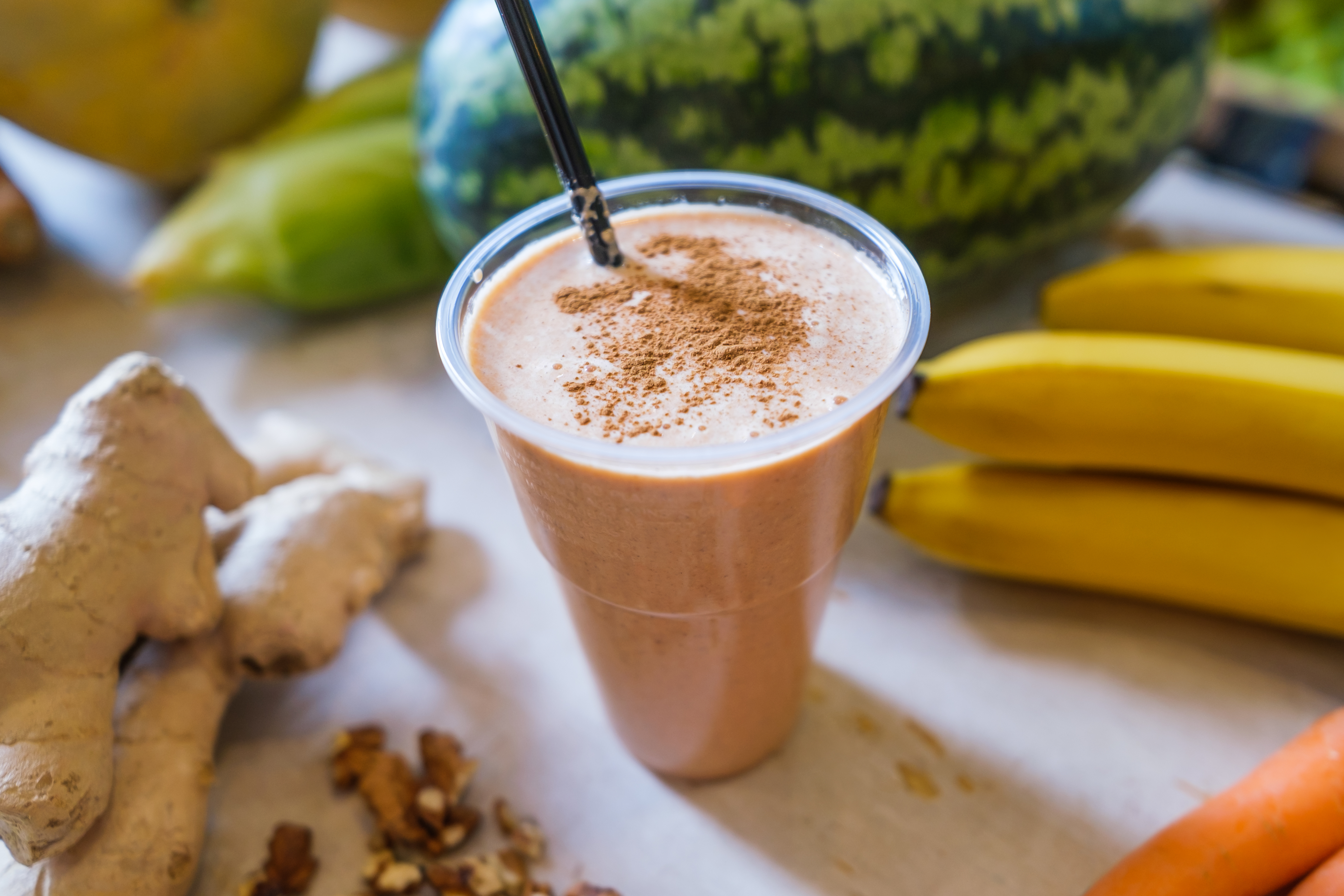
Certain legal and safe ergogenic aids, when used strategically, can enhance workout performance and potentially support fat loss. Caffeine, for example, can improve focus, reduce perceived exertion, and slightly increase metabolic rate. Other supplements like creatine (primarily for performance and muscle hydration) or beta-alanine (for buffering muscle fatigue) can also play a role. However, it's crucial to understand the science behind these aids, use them responsibly, and prioritize a solid foundation of training and nutrition.
32. Consistency in Tracking and Analysis: Data-Driven Progress

While consistency in action is vital, consistency in tracking and analyzing your progress provides invaluable feedback. Regularly monitoring your weight, body measurements, strength gains, and even subjective factors like energy levels and mood allows you to identify what's working and what's not. Using fitness trackers, journaling, or even simple spreadsheets to log your workouts and nutrition provides data-driven insights that can inform your strategy and keep you on the path to your goals. This analytical approach transforms your fitness journey from guesswork to a more precise and effective endeavor.
33. Blood Flow Restriction (BFR) Training
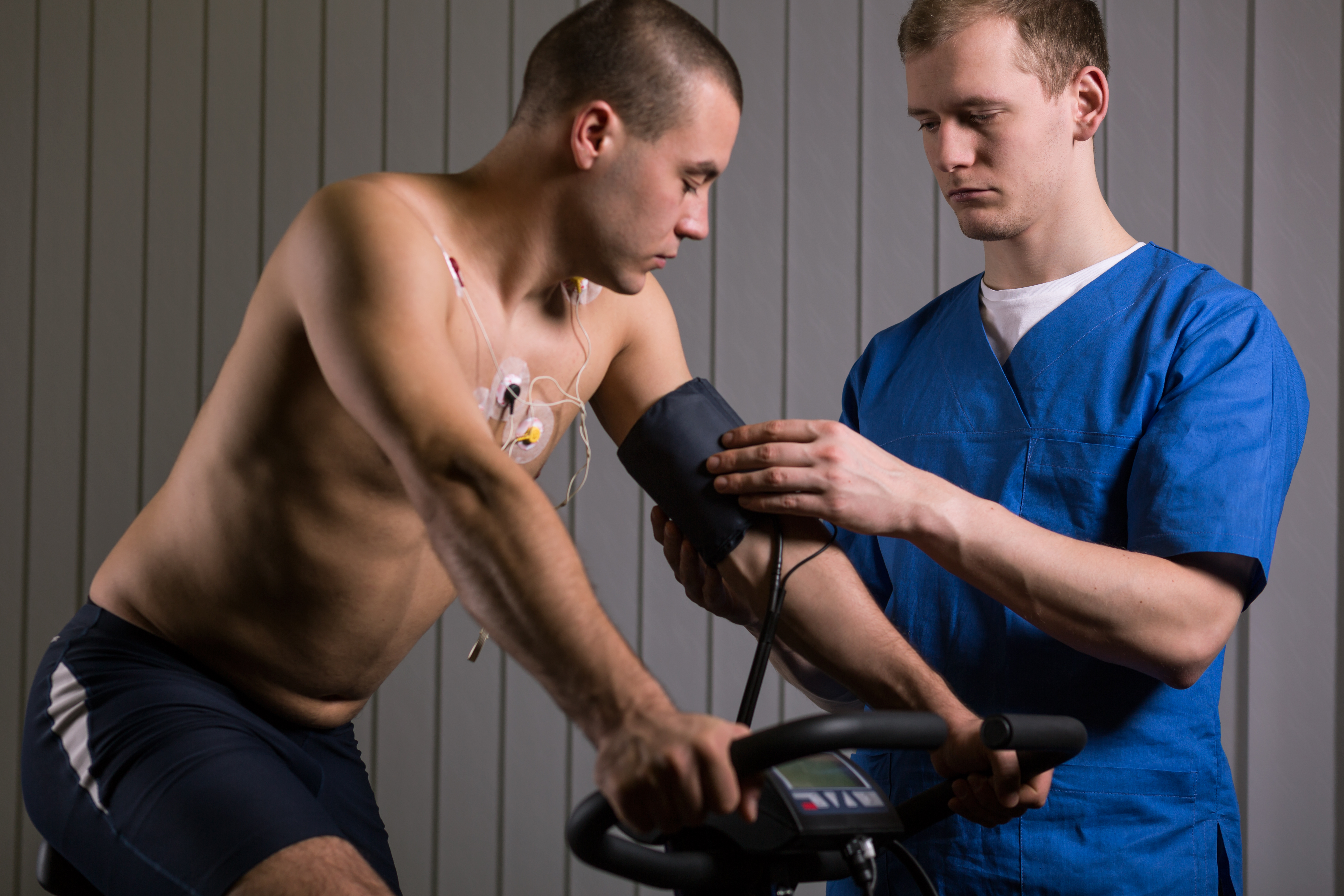
Unlock muscle growth potential even with lighter weights using BFR training. By strategically restricting blood flow to working limbs with specialized cuffs during exercise, BFR creates a metabolic environment that tricks muscles into significant growth with less mechanical stress. This makes it an excellent tool for those managing injuries, looking for joint-friendly hypertrophy, or seeking novel stimuli during training plateaus. When applied correctly, BFR can accelerate muscle protein synthesis and growth factor release, offering a unique pathway to building lean mass.
34. Eccentric-Focused Training (Negatives)

Maximize muscle damage (the good kind!) and stimulate growth by emphasizing the eccentric, or lowering, phase of your lifts. Deliberately slowing down the negative portion (e.g., a 3-5 second descent on a squat or bench press) increases time under tension and micro-trauma, key drivers of hypertrophy. This technique forces greater muscle fiber recruitment and can significantly boost strength gains over time. Incorporating eccentric focus periodically can shock your muscles into new growth and improve control throughout the entire range of motion.
35. Strategic Refeed Days and Diet Breaks

During prolonged fat loss phases, strategically implementing higher-calorie refeed days or multi-day diet breaks can be crucial. These planned periods help replenish glycogen stores, temporarily boost metabolism-regulating hormones like leptin, provide a psychological break from dieting, and fuel performance. Unlike cheat days, refeeds are typically structured (often focusing on carbohydrates) to support metabolic health and training without derailing fat loss progress. They make dieting more sustainable and potentially more effective long-term.
36. Maximizing Training Density

Boost your workout's metabolic impact and efficiency by increasing training density – performing more work in less time. This can be achieved by minimizing rest periods between sets, utilizing supersets or tri-sets (pairing exercises for different muscle groups), or structuring workouts as circuits. Higher density training elevates heart rate, increases calorie expenditure during and after the workout (EPOC), and enhances muscular endurance, making it a powerful strategy for simultaneous fat loss and conditioning while still stimulating muscle growth.
37. Incorporating Unilateral Training

Address strength imbalances and enhance core stability by dedicating time to unilateral (single-limb) exercises like single-leg squats, lunges, single-arm dumbbell presses, or rows. Working one side of the body at a time forces stabilizer muscles to work harder, improves coordination, and helps identify and correct strength discrepancies between limbs. This not only reduces injury risk but can also lead to greater overall strength development and more symmetrical muscle growth, contributing to a well-rounded physique.
38. Targeted Micronutrient Sufficiency
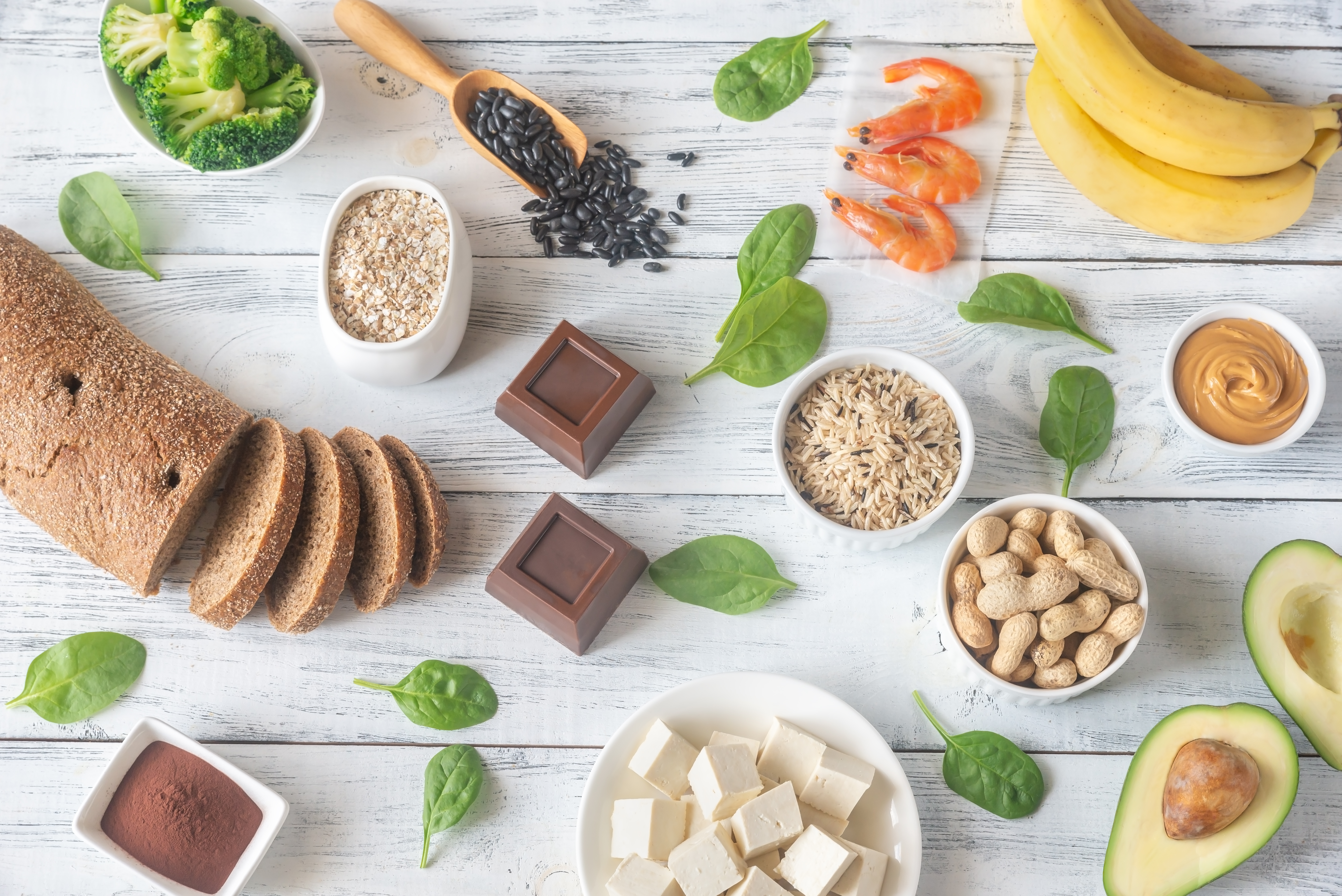
Beyond macronutrients, ensuring adequate intake of key micronutrients is vital for optimizing body composition. Minerals like magnesium (involved in energy production and muscle function), zinc (crucial for hormone production, including testosterone), and vitamins like D (linked to muscle strength and hormone regulation) play critical roles. Deficiencies can hinder recovery, performance, and metabolic processes. Focusing on a nutrient-dense diet rich in diverse whole foods, and supplementing wisely if needed, ensures these crucial catalysts are supporting your muscle gain and fat loss efforts.
39. Prioritizing Electrolyte Balance
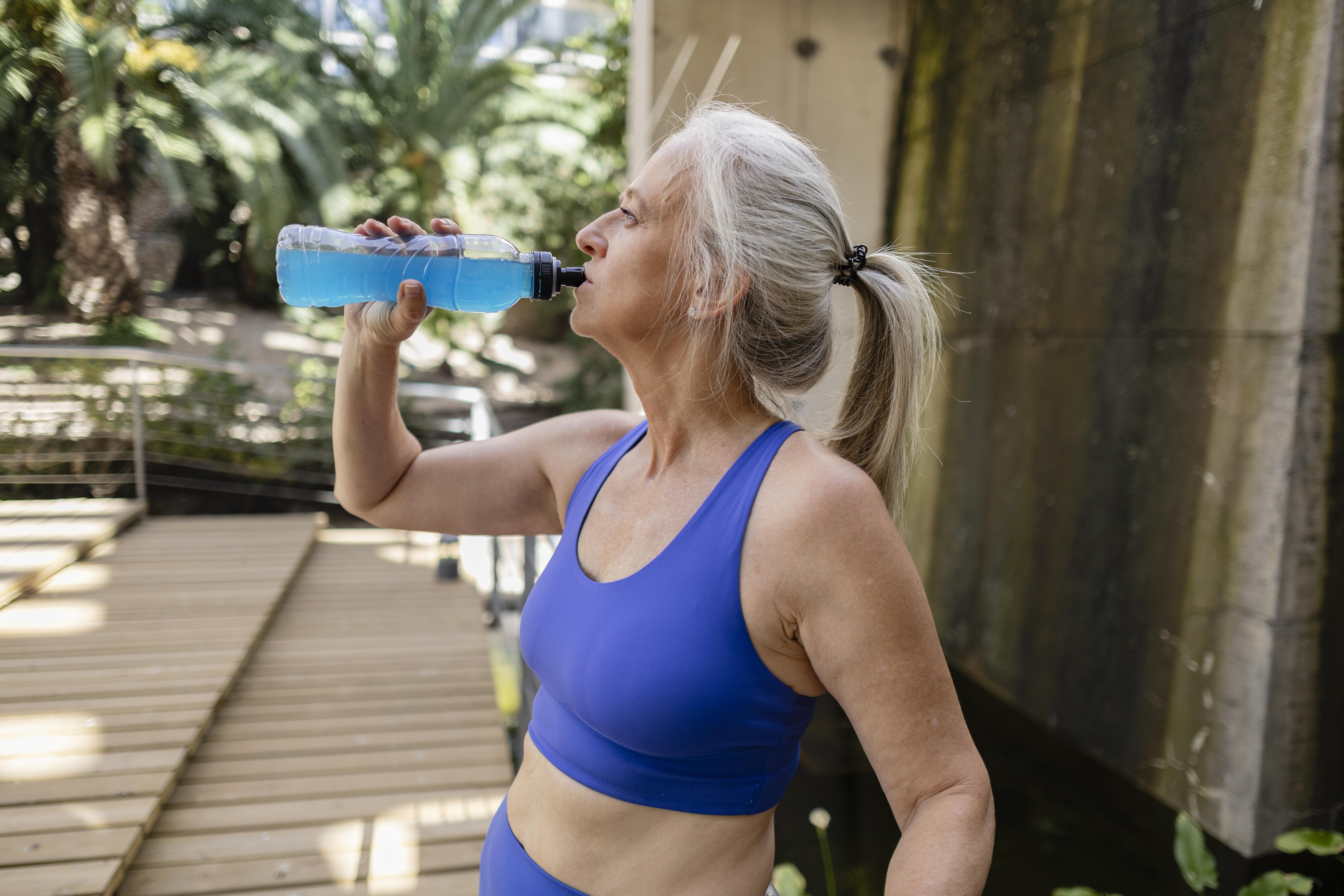
Proper hydration goes beyond just water; maintaining electrolyte balance (sodium, potassium, magnesium, calcium) is critical for optimal nerve function, muscle contraction, and fluid regulation. Intense training, sweating, and dietary changes (especially lower-carb approaches) can deplete electrolytes, leading to fatigue, cramps, and decreased performance. Consciously including electrolyte-rich foods or using targeted electrolyte supplements, especially around workouts or in hot conditions, ensures your body's internal communication and muscular systems are firing efficiently for peak performance and recovery.
40. Sauna Use and Heat Therapy

Complementary to cold exposure, incorporating sauna sessions or heat therapy can offer distinct benefits. Heat exposure may improve cardiovascular health, promote relaxation (aiding stress reduction and recovery), and potentially enhance the release of growth hormone and heat shock proteins, which play roles in cellular repair and muscle maintenance. Regular sauna use can be a valuable recovery tool, helping to alleviate muscle soreness and potentially contributing to overall metabolic health, supporting both sides of the body composition equation.
41. Utilizing Post-Activation Potentiation (PAP)

Boost explosive power and strength potential using PAP. This advanced technique involves performing a near-maximal strength exercise (like a heavy squat) followed by a short rest, then performing an explosive movement (like a jump squat or sprint). The initial heavy lift "excites" the nervous system, allowing for greater force production in the subsequent explosive movement. While primarily a performance enhancer, incorporating PAP strategically can lead to higher intensity training sessions, potentially stimulating greater muscle fiber recruitment and long-term strength gains.
42. Mastering Intentional Breathing Techniques

Your breath is a powerful tool for both performance and recovery. Techniques like diaphragmatic (belly) breathing can enhance core stability and intra-abdominal pressure during heavy lifts, protecting the spine and improving force transfer. Conversely, controlled breathing practices like box breathing or nasal breathing can help shift the nervous system into a parasympathetic (rest-and-digest) state post-workout or during stressful times, promoting faster recovery, reducing cortisol, and supporting overall well-being vital for optimal body composition changes.
Achieving Ultimate Fitness Success

Achieving ultimate fitness success requires a comprehensive and strategic approach, encompassing the strategies outlined in this article. By understanding and implementing these strategies, you can effectively maximize muscle gains and burn fat, leading to improved body composition and overall health. The synergy between muscle growth and fat loss is a powerful driver of fitness success, and by aligning your efforts with these principles, you pave the way for long-term progress and achievement. Remember that fitness is a journey, not a destination, and the pursuit of health and wellness is a lifelong endeavor. Stay committed to your goals, remain adaptable to change, and prioritize self-care and balance.